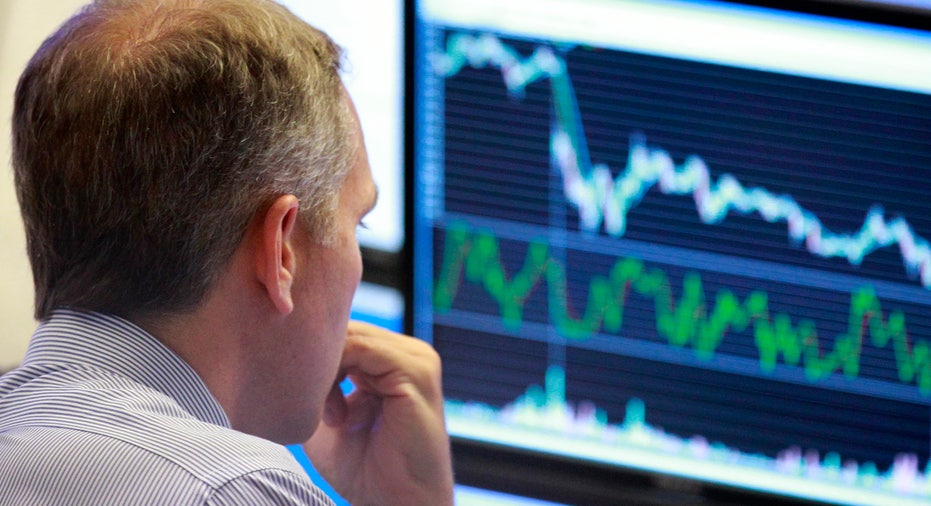Market Volatility Won't Steal M&A's Thunder

While market volatility may keep investors from sleeping soundly at night these days, the recent announcement of Apollo Global Management’s $6.9 billion acquisition of ADT Corp. (NYSE:ADT) implies more “security” in M&A’s run than some onlookers might think.
This New Year delivered a wave of downbeat news with slumping oil prices, an uncertain Chinese economy and continued roller-coaster swings in the market. All of which raises the question: following a record-shattering $2.5 trillion year of US deals in 2015, can 2016 keep pace?
The answer is yes. Here’s why:
2016 Is Off To a Strong Start
For the month of January, deal value was up approximately 45 percent from last year, with headline makers like Shire (NASDAQ:SHPG)/Baxalta (NYSE:BXLT) and Johnson Controls (NYSE:JCI)/Tyco International (NYSE:TYC) leading the way. Not bad for a historically slower time of year and an indication those dealmakers are not yet ready to walk away from deals with a strong strategic rationale. Punctuating this is a continuation of markets rewarding smart dealmaking by trading up an acquirer’s stock - as long as stocks see a favorable reaction, CEOs and boards are incentivized to keep M&A going.
The Threat of Disruption Persists
I would be shocked to find a CEO who is not thinking about what disruptive force is poised to upend traditional business models. In response, traditional boundaries continue to blur as 93 percent of US companies pursuing an acquisition plan to do so outside of their own sector, according to a recent EY survey. Look for industrial mashups between innovative tech companies and industry veterans in areas like life sciences and automotive to deliver cutting-edge solutions to their customers through non-traditional partnerships.
Energy To See More Distressed M&A
In 2015, at least 40 US oil and gas producers declared bankruptcy. Looking forward to the spring borrowing base redeterminations, when financial institutions revisit oil company “credit ratings” around revolving credit and reserve-backed lending (RBL), banks will be in a challenging spot. They can no longer kick the can down the road on lending agreements, forcing them to lower credit facilities for distressed companies. Many oil and gas producers will need to consider their options if they want to stay afloat: M&A may be a more preferable route than filing for bankruptcy. Earlier this month Chesapeake Energy (NYSE:CHK), which has seen its stock decline 87% over the past 12 months, told investors it is looking to strengthen its balance sheet and has no plans to seek bankruptcy.
Shareholder Activism On The Rise
Shareholder activism has not peaked as an investment class. 2015 saw a 20 percent increase in activist campaigns and shareholder activists will continue to play a role in M&A activity in the year ahead. For a slight twist in 2016, look for activists to go beyond traditional M&A, pushing for operational efficiencies as a way to increase shareholder value, a trend we have already seen in companies like Mondelēz (NASDAQ:MDLZ) and BNY-Mellon (NYSE:BK).
Quiet IPO Market = M&A Alternative
For the time being, an IPO market that is essentially closed has private equity firms looking to strategic sales for their exits. With corporates feeling the pressure of quarterly earnings, PE firms can take advantage of solid valuations and sell off assets to eager buyers in slower-growth industries looking to M&A for a boon.
Don't Forget About Divestments
According to a recent EY study, 49 percent of all companies surveyed are planning to divest within the next two years, up significantly from 20 percent in 2015. We are only weeks into 2016 and already have two prime examples: AIG’s (NYSE:AIG) announcement that it would divest two business units and Xerox’s (NYSE:XRX) announcement that it plans to split into two companies. Ironically, long-time activist investor Carl Icahn pushed for change at both companies. As more boards and CEOs look to focus on their core strengths for growth, divestments will be a key driver of deals in the year ahead, with proceeds from divestments put toward further M&A.
Last check the U.S. economy grew just 0.7% from October to December. That’s another incentive for companies to look to M&A as a critical tool for growth. That’s not to say that continued uncertainty in the markets can’t eventually rock confidence and slow the frenzied dealmaking pace of 2015. But with a strong start to the year, markets rewarding smart dealmaking by trading up an acquirer’s stock, the continuing threat of disruption and persistent shareholder pressure, there is still room for M&A to run in 2016.
Rich Jeanneret is the EY Americas Vice Chair, Transaction Advisory Services. He has more than 25 years of transaction experience, helping private and public companies achieve long-term competitive advantage by advising on the management of all aspects of their capital strategy: preserving, optimizing, raising and investing capital. In 2015, EY member firms worked on seven out of the top 10 global deals. You can follow him @RichJeanneret.